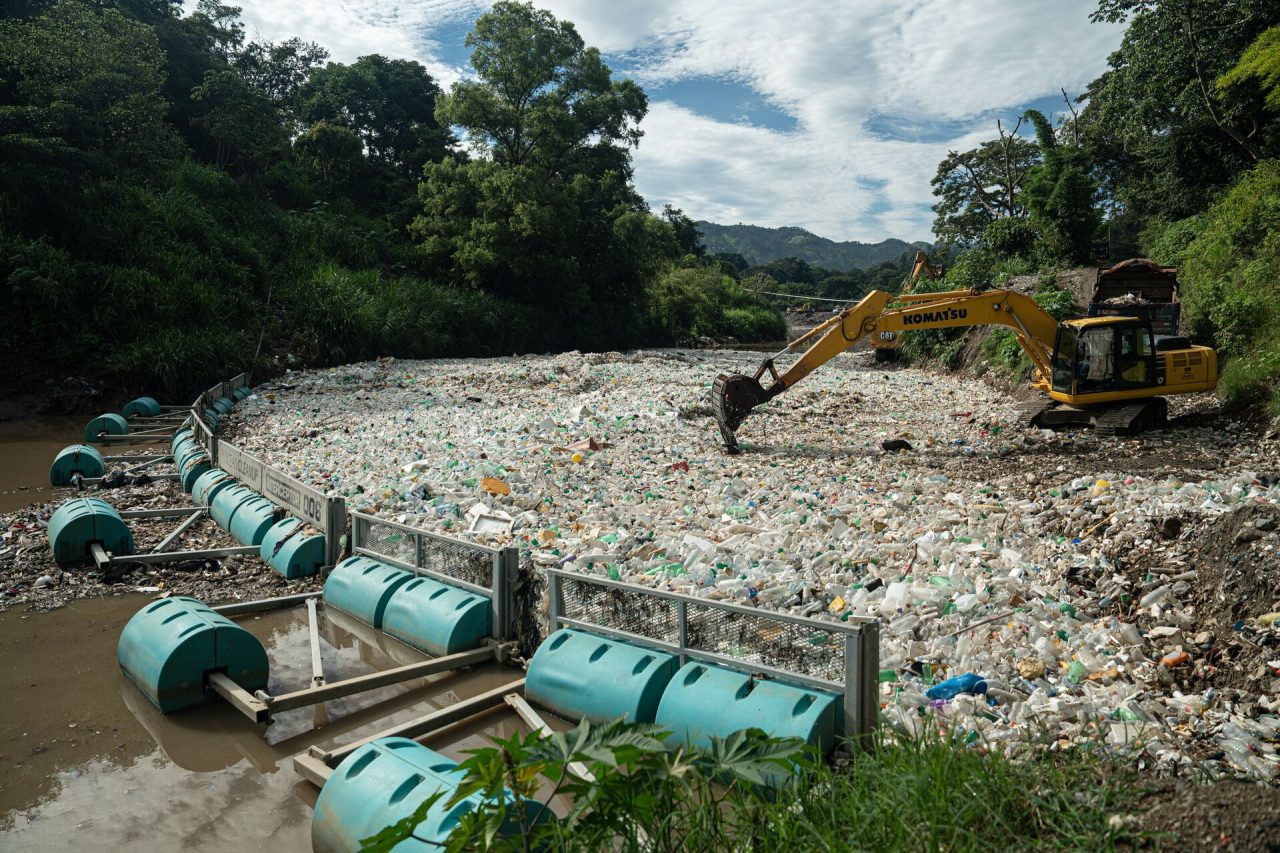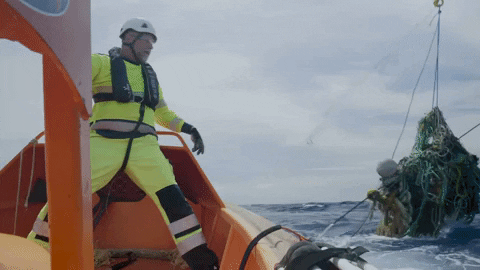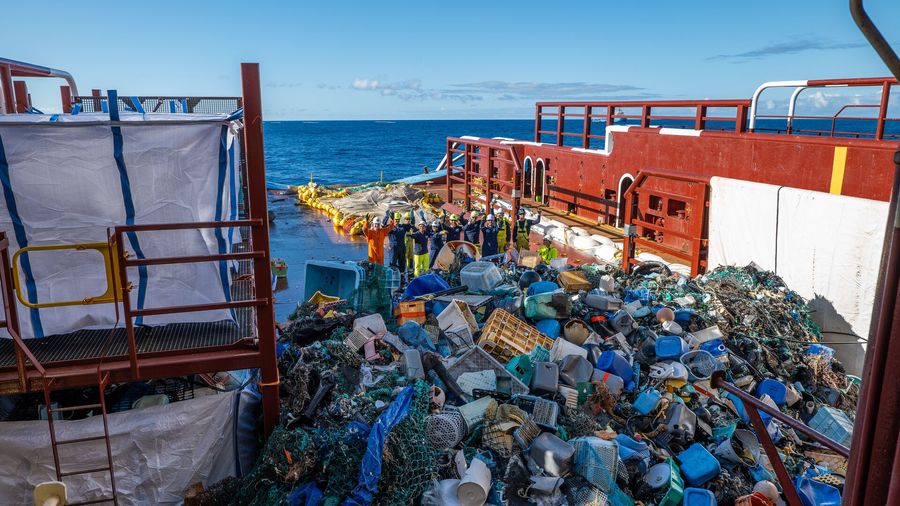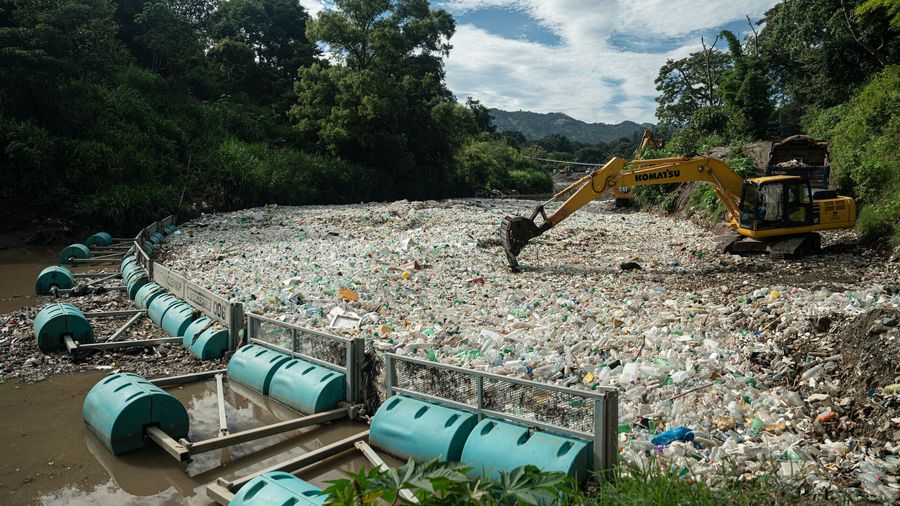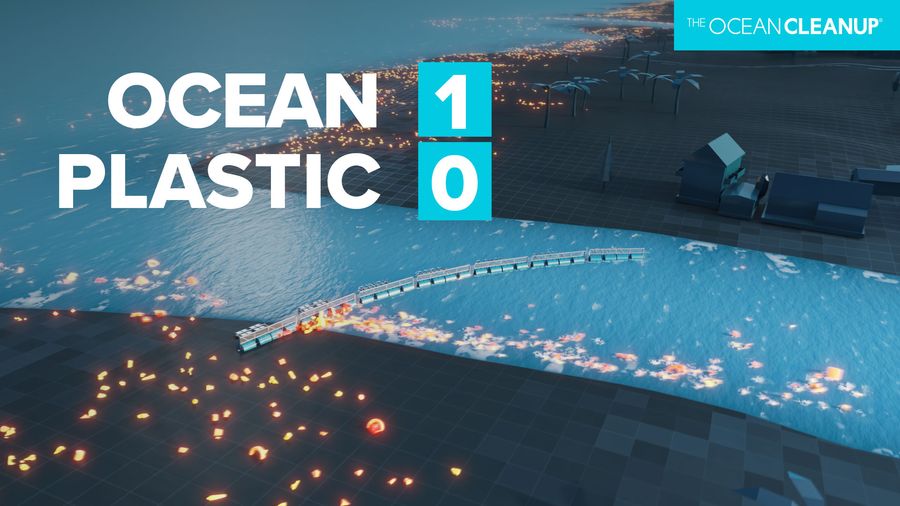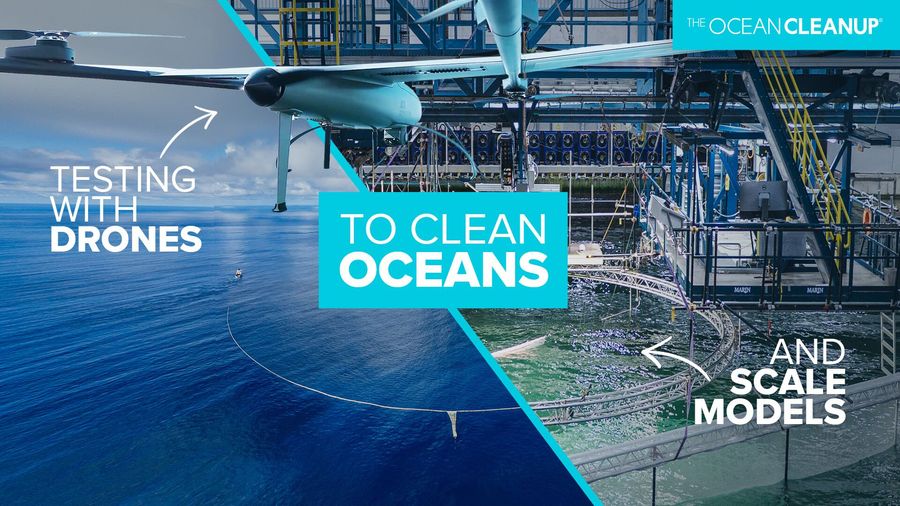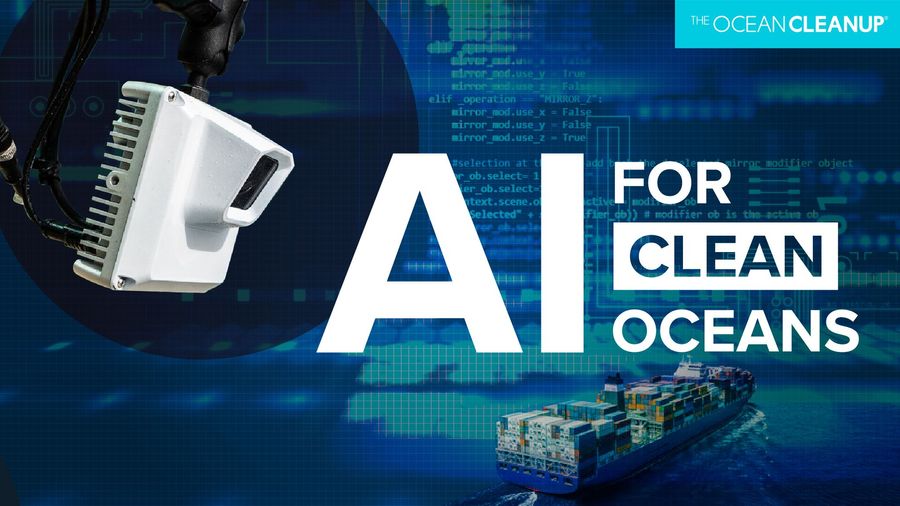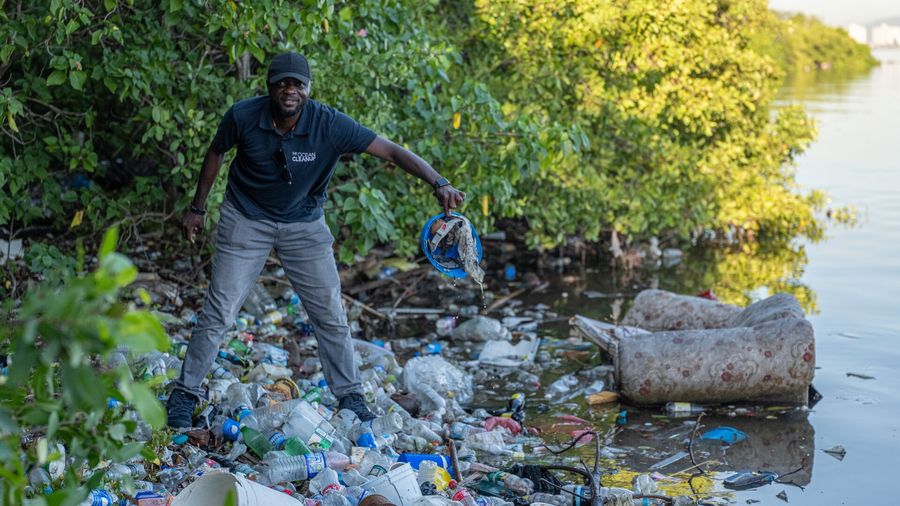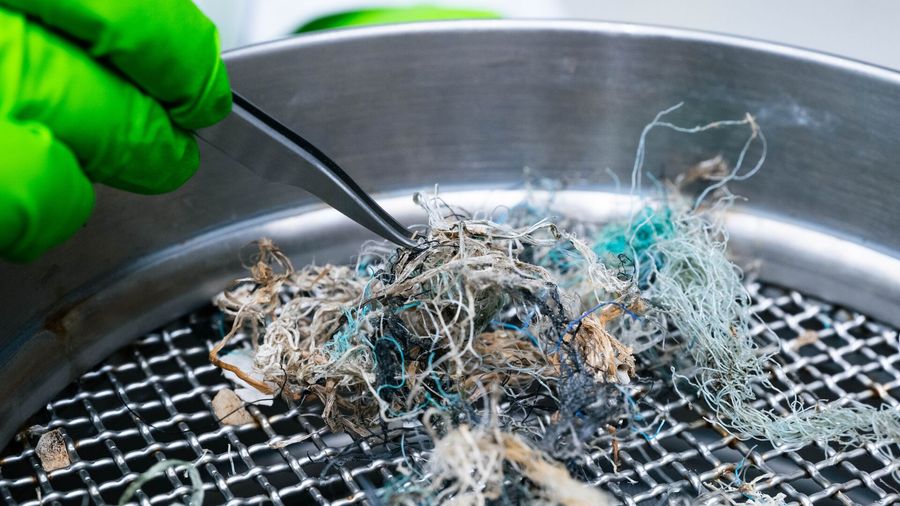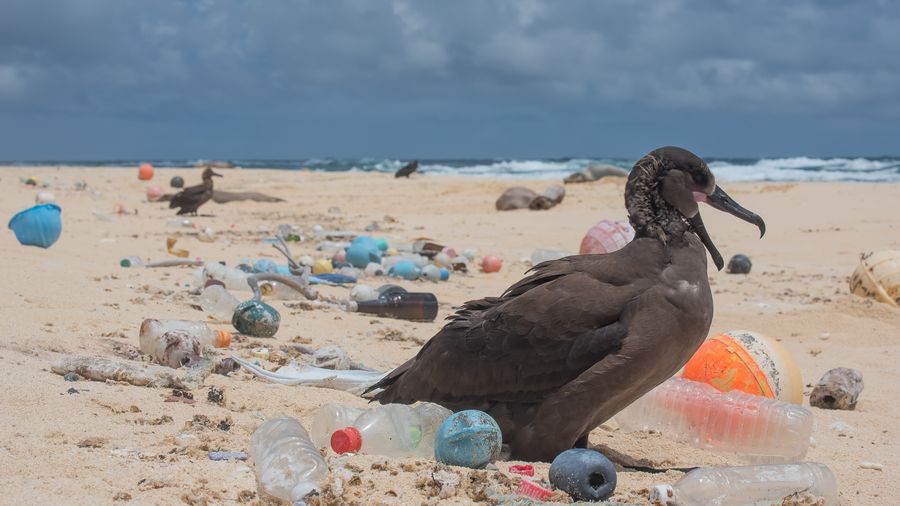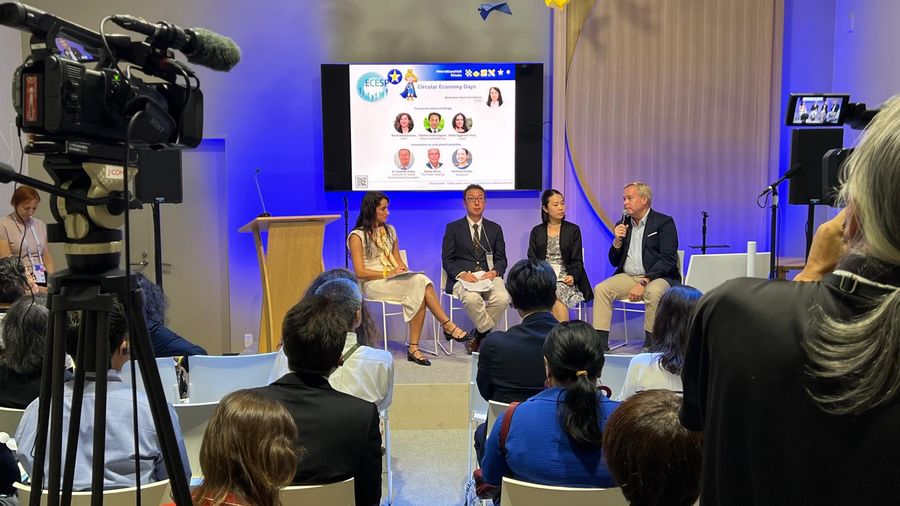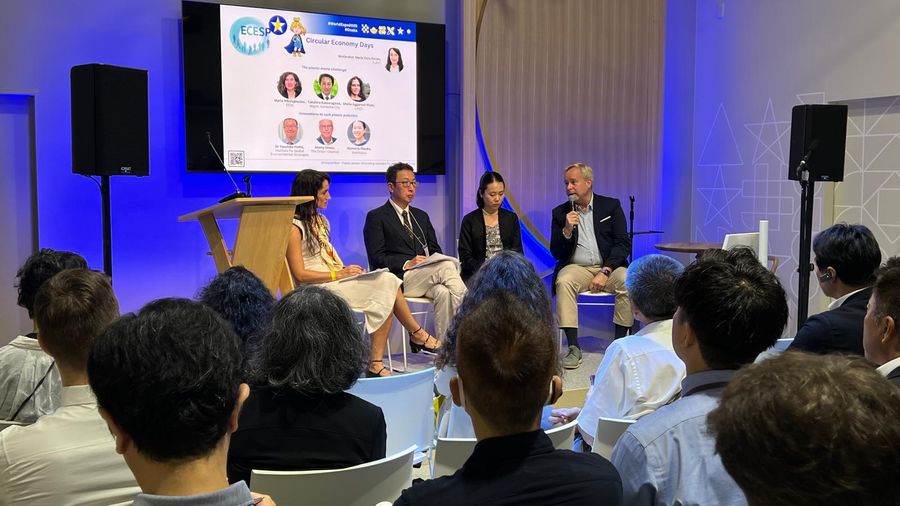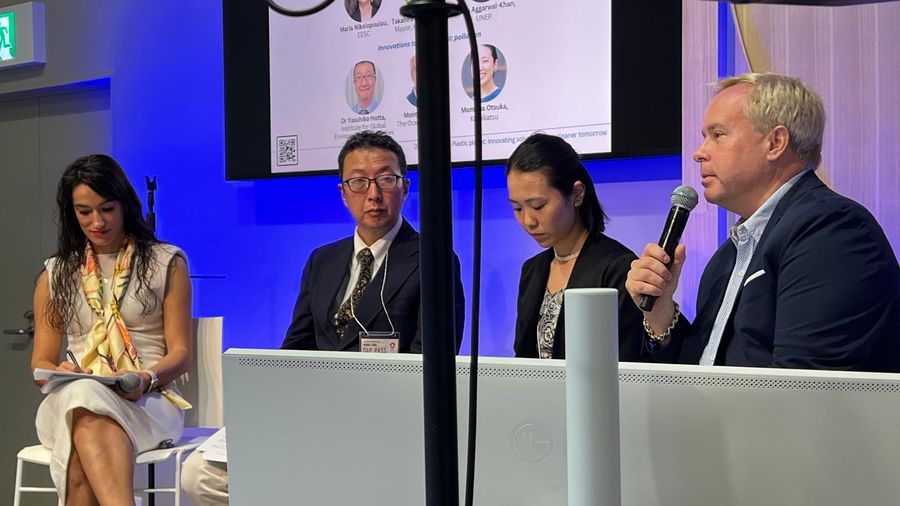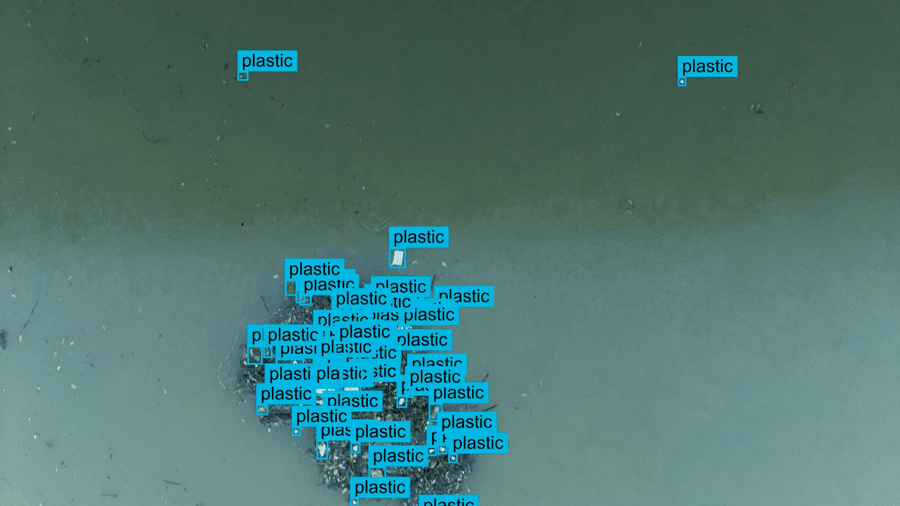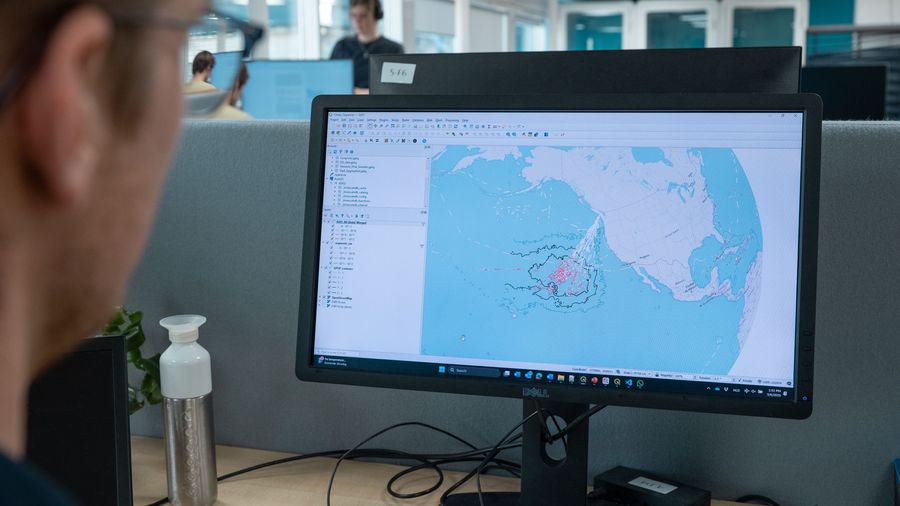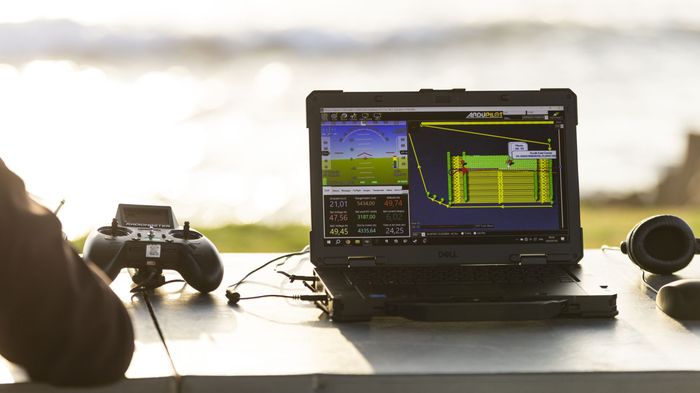
Japan and The Ocean Cleanup: Harnessing AI and Innovation to Turn the Tide on Plastic Pollution
Back to updatesPlastic is no longer an invisible menace but is clear and present in Japan’s waters, seafood, and coastlines. In Tokyo Bay, for example, 80% of anchovies carry plastic particles. In Osaka Bay, surveys have uncovered over three million plastic bags. On Takeshima Island, debris from Asian currents piles up relentlessly, while Japan’s coastlines record some of the highest microplastic concentrations in the world.
For a country that treasures its seas for food, culture, and commerce, the stakes could not be higher. Yet within this challenge lies a profound opportunity to turn the plastic tide through innovation and collaboration with forward thinking partners. The Ocean Cleanup, with its mission to remove 90% of ocean plastics by 2040, is ideally placed to help deliver a lasting impact on Japan. Having already extracted over 48 million pounds of debris from oceans and rivers worldwide, we are taking an active role in physical cleanup efforts, as well as advocating for better regulations to reduce land and marine-based pollution sources.
Ocean plastic comes from two clearly separate sources, ending up in two clearly separate pollution “sinks”. Most land-based pollution leads to the ocean via rivers, a flow we are stemming through our innovative Interceptor™ systems. The majority of this pollution is trapped in coastal waters and degrades on beaches, reefs, seagrass meadows, and mangroves. Marine-based pollution, which mainly consists of discarded or lost fishing gear, is the most important contributor to the accumulation zones like the Great Pacific Garbage Patch. Plastic pollution is a symptom of a larger issue that cannot be addressed by a one-dimensional solution. This is why The Ocean Cleanup is actively using every pathway available to take on this issue, and how Japan can become a part of the largest cleanup in history.
AI as a Force Multiplier
The Ocean Cleanup has embraced artificial intelligence (AI) as a game-changer and for Japanese municipalities and volunteer groups, currently spending billions of yen annually on manual cleanup, these tools promise efficiency, scalability, and hope. The Automatic Debris Imaging System (ADIS) identifies and classifies plastic “hotspots” in real time.
And predictive modeling, using wind, currents, and river data to forecast where plastics will accumulate offers a crucial tool for crowded urban watersheds and populated coastlines. Furthermore, drones and satellites can create AI-powered imaging delivering dynamic data maps for strategic and highly impactful cleanup.
Such tools not only offer an opportunity to support The Ocean Cleanup and scale Japan’s environmental impact at home but can also be replicated throughout Asia, where nations such as Indonesia, Philippines, Thailand, and India are home to some of the largest sources of ocean-bound plastic river waste
Driving ambition
Japan has already positioned itself as a leader in marine protection with single-use plastic reduction targets, the Osaka Blue Ocean Vision and the ASEAN+3 Marine Plastic Debris Initiative. Driving these ambitions using The Ocean Cleanup’s proven, innovative tools can enable Japan to shift from statements of ambition to visible results.
It should be noted that marine plastic debris solutions go beyond technology and Japanese initiatives are taking major strides in advancing global research into the social and ecological dimensions of ocean health. The Ocean Nexus Project, sponsored by the Nippon Foundation, is linking fisheries science, social justice, and community resilience underscoring the concept that marine plastics are not just an ecological hazard but a human crisis, affecting lives and livelihoods, food security, biodiversity and fragile ecosystems.
For Japan, this integration of science, policy, and community voices amplifies its global leadership as both a maritime nation and a funder of ocean sustainability. Corporate Japan is also stepping up with SARAYA’s Blue Ocean Projects highlighting how private-sector innovation can create tangible change. This is being showcased at EXPO 2025 in Osaka, where the Blue Ocean Dome is inspiring and educating millions of visitors on marine sustainability. Their mobilization of cleanups, with government and NGOs and PROTEGATE EXPO 2025 sanitizer dispensers, crafted from recycled marine plastics from Tsushima Island, which receives 37,000 m³ of drift debris annually, demonstrate how waste can be transformed into awareness and everyday solutions. Together with The Ocean Cleanup, SARAYA’s leadership demonstrates how Japan’s companies can merge technology, community, and circular economy innovation.
A shared maritime goal
In just a few years, The Ocean Cleanup has moved from designing prototypes to implementing solutions pulling tens of millions of pounds of plastic from the ocean, intercepting pollution in some of the world’s most polluted rivers and leveraging our research to advocate for stronger international action on plastic pollution. Combined with Japan’s policy vision, philanthropic leadership from the Nippon Foundation, and corporate innovation from SARAYA, a clear message emerges, restoring ocean health is no longer a dream, it is a reality.
By embracing AI-enabled solutions such as those pioneered by The Ocean Cleanup, fostering international collaboration, and further scaling its own cultural stewardship of the seas, Japan can set a global standard for turning the tide on plastic pollution. After all, in a world drowning in plastic, few nations are better positioned than Japan — in partnership with The Ocean Cleanup — to prove a bold truth: our oceans and Asia’s rivers can heal, if we act now.
Monty Simus will be talking about tackling plastic pollution at the Blue Ocean Dome at the World Expo Osaka on 25th September 2025 at 15:00.
